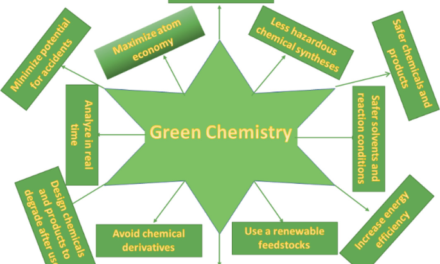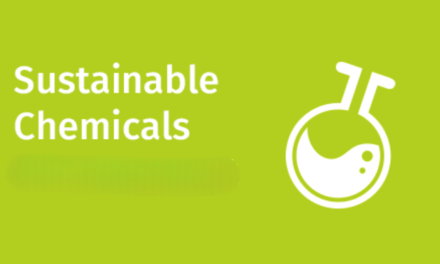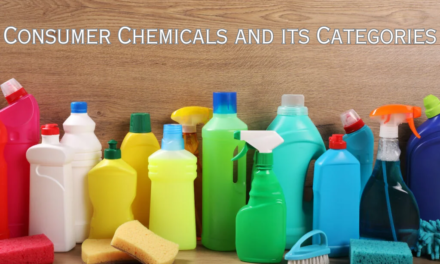Petrochemical spills pose significant environmental risks, affecting ecosystems, water resources, soil, air quality, and human health. These risks depend on the type of petrochemical spilled, the volume, location, and the response measures taken. Below is a detailed analysis of the environmental risks associated with petrochemical spills:
1. Water Contamination
- Surface Water:
- Spilled petrochemicals can spread quickly over water surfaces, creating toxic films that block sunlight and oxygen exchange.
- Impact:
- Harmful to aquatic organisms by disrupting photosynthesis and suffocating fish and other marine life.
- Examples: Crude oil spills in oceans, benzene contamination in rivers.
- Groundwater:
- Petrochemicals like benzene, toluene, and xylene can seep into groundwater, contaminating drinking water sources.
- Impact:
- Long-term pollution of aquifers, affecting human and animal health.
- Case Study:
- The Deepwater Horizon oil spill (2010) caused extensive damage to marine ecosystems and water quality in the Gulf of Mexico.
2. Soil Contamination
- Toxic Residues:
- Petrochemicals spilled on land can infiltrate soil, altering its chemical composition and reducing fertility.
- Impact:
- Kills microorganisms essential for nutrient cycling.
- Makes soil unsuitable for agriculture or plant growth.
- Long-Term Effects:
- Persistent organic pollutants (POPs) like polycyclic aromatic hydrocarbons (PAHs) remain in soil for decades, posing chronic risks to ecosystems.
3. Air Pollution
- Volatile Organic Compounds (VOCs):
- Many petrochemicals release VOCs into the air, contributing to air pollution and smog formation.
- Impact:
- Inhalation of VOCs like benzene and toluene poses health risks, including respiratory issues and cancer.
- Secondary Effects:
- VOCs react with sunlight and other pollutants, forming ground-level ozone, which harms vegetation and reduces air quality.
4. Impact on Wildlife
- Toxic Exposure:
- Direct contact with petrochemicals causes physical and physiological harm to wildlife.
- Examples:
- Coating of bird feathers reduces insulation and buoyancy, leading to hypothermia or drowning.
- Ingestion of contaminated prey or water causes organ damage and reproductive issues in marine mammals and fish.
- Habitat Destruction:
- Spills can destroy habitats such as wetlands, coral reefs, and mangroves, leading to biodiversity loss.
- Case Study:
- The Exxon Valdez oil spill (1989) devastated marine life in Alaska, killing thousands of birds and marine mammals.
5. Ecosystem Disruption
- Food Chain Impacts:
- Petrochemical contamination affects primary producers like algae and plants, disrupting the entire food web.
- Bioaccumulation:
- Chemicals like PAHs accumulate in organisms, leading to toxic effects up the food chain, including in humans.
- Loss of Ecosystem Services:
- Polluted ecosystems lose their ability to provide services such as water filtration, carbon sequestration, and habitat for species.
6. Fire and Explosion Risks
- Flammable Properties:
- Many petrochemicals are highly flammable, increasing the risk of fires or explosions after a spill.
- Impact:
- Air pollution from fires releases soot, carbon monoxide, and other toxic gases, further endangering health and ecosystems.
7. Health Risks to Humans
- Toxic Exposure:
- Petrochemicals like benzene and ethylene oxide are known carcinogens and pose risks through inhalation, ingestion, or skin contact.
- Indirect Risks:
- Contaminated water and food sources lead to long-term health problems, including cancer, neurological disorders, and reproductive issues.
- Impact on Communities:
- Spills in populated areas can displace communities, disrupt livelihoods, and require costly cleanup efforts.
8. Economic Consequences
- Loss of Fisheries:
- Petrochemical spills in marine environments can devastate fisheries, leading to economic losses for fishing communities.
- Tourism Decline:
- Spills near coastal areas deter tourism, impacting local economies.
- Cleanup Costs:
- The expense of spill response and remediation efforts can strain financial resources.
9. Persistence and Long-Term Effects
- Chronic Pollution:
- Petrochemicals like PAHs and heavy metals persist in the environment, causing long-term ecological and health issues.
- Delayed Recovery:
- Affected ecosystems, such as wetlands or coral reefs, may take decades to recover, if at all.
- Case Study:
- Decades after the Exxon Valdez spill, oil residues can still be found in some Alaskan beaches.
10. Climate Change Implications
- Carbon Emissions:
- Spilled petrochemicals that evaporate or burn contribute to greenhouse gas emissions.
- Degraded Carbon Sequestration:
- Damage to ecosystems like mangroves and forests reduces their ability to act as carbon sinks.
Mitigation and Response Strategies
- Prevention:
- Strengthening regulations, improving storage and transport infrastructure, and adopting advanced monitoring technologies.
- Rapid Response:
- Deploying containment booms, skimmers, and chemical dispersants to minimize spill spread.
- Bioremediation:
- Using microbes to break down petrochemicals into less harmful substances.
- Restoration:
- Rehabilitating affected ecosystems and wildlife to accelerate recovery.
Conclusion
Petrochemical spills have severe and far-reaching environmental risks, from water contamination and soil degradation to ecosystem disruption and human health impacts. While advanced technologies and stringent regulations can reduce the likelihood and severity of spills, proactive measures, robust response strategies, and long-term monitoring are essential to mitigate their effects and ensure environmental sustainability.
Hashtags
#PetrochemicalSpills #EnvironmentalRisks #SpillImpact #ChemicalSpills #IndustrialAccidents #EnvironmentalDamage #EcosystemDamage #WaterContamination #SoilPollution #AirQualityImpact #MarineEcosystemRisks #SpillPrevention #RiskMitigation #ChemicalSafety #AccidentResponse #EmergencyPreparedness #SustainablePetrochemicals #EcoResponsibility #SafeIndustryPractices #EnvironmentalStewardship #SustainableIndustry #SpillRegulations #EnvironmentalCompliance #SafetyStandards #GlobalEnvironmentalPolicy #RegulationsInPetrochemicals #TechForSafety #SpillResponseTech #ChemicalContainment #SmartSafetySolutions #InnovativePrevention

















